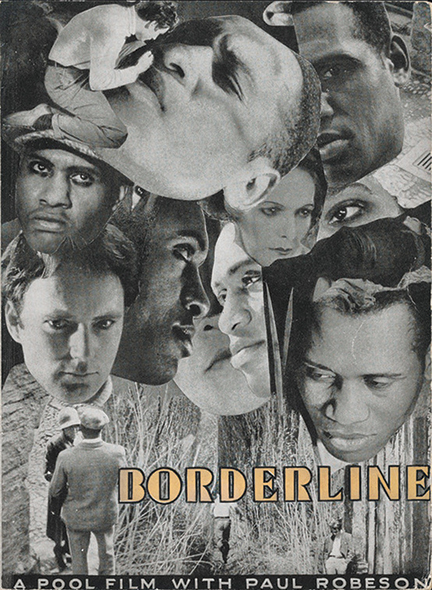
Other universities may have film studies, but at Penn it’s cinema studies, and the difference is more than just rhetoric. According to Dr. Tim Corrigan, the program’s director, flexible strips of plastic are outdated. “It’s not film, it’s the Internet, it’s digital, it’s Palm Pilots,” he said. “That’s where all of this is happening.”
The current and future digitization of the movie industry was discussed during a five-day conference on “Penn Film and Media Pioneers” that the cinema-studies program held in October, but so were the contributions of Eadweard Muybridge, who worked on campus in the 1880s, when film was cutting edge [“Now Playing on the Big Screen,” Jan/Feb 2005]. In between, the conference showcased Amos Vogel, Penn’s first film professor; the late William Paley C’22, founder of CBS; current film and media research; and student projects.
For a program not yet two years old (with 31 current majors, 36 minors, and seven students pursuing graduate certificates), the conference was a way of “talking out loud about the long but not particularly visible history of cinema at Penn,” while also setting the tone for moving forward in a field where “everything is shifting ground,” Corrigan said.
One such seismic shift has been in the way films get to audiences. Cable television and DVDs are delivering movies directly to people’s televisions, presenting both threats and opportunities to the industry, said Warren Lieberfarb W’65, chairman of Lieberfarb and Associates, at a panel of “current pioneers.” Since viewers can now watch—and pay for—movies without leaving home, the importance of packing theaters for a big opening weekend might diminish, said Duncan Kenworthy ASC’73, managing director of DNA Films Ltd. and Toledo Pictures.
Given these technological and industrial changes, the position of Penn’s cinema studies as a neophyte—it came into existence 75 years after the University of Southern California established the country’s first undergraduate program in film—might be to its advantage. “It allows us to be open to those shifts,” Corrigan said. Lieberfarb agreed, saying Penn’s program could actually be better off by not having the long legacy of USC’s or New York University’s programs: “Starting today may be better than protecting a tradition.”
Another crucial change, at least to the careers of undergraduates, could be the program itself. At the same panel, Douglas Belgrad C’87, president of production at Columbia Pictures, outlined his “somewhat serendipitous” path to his current position. Though he entered college with a burning desire to be a writer, a creative-writing class soon taught him that he was not particularly talented. So, he “figured I’d go to Wall Street and become a master of the universe and make a lot of money and then do whatever I want.” A job in equity research, tracking media and communications companies, led him to the movie industry. “It’s not an unusual story,” he said of his indirect route. Indeed, Lieberfarb said his career was also “all a mistake. It was a total fluke. I had no interest in movies; it was related to a woman I was dating.” But with the program in place at Penn, current students can identify and pursue their cinema interests earlier.
—Julia Yue Zhou C’06




